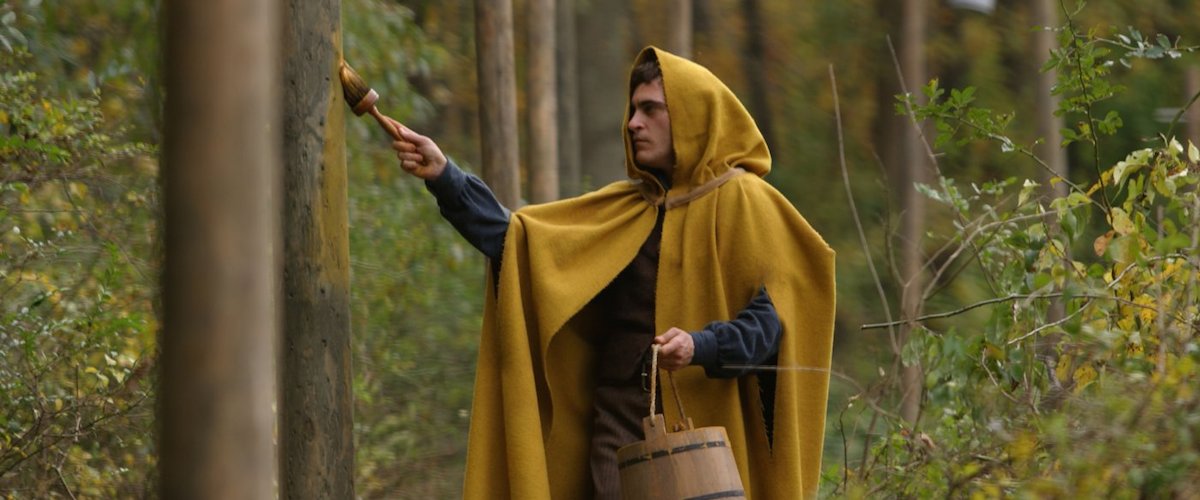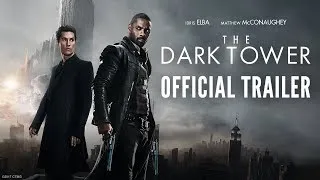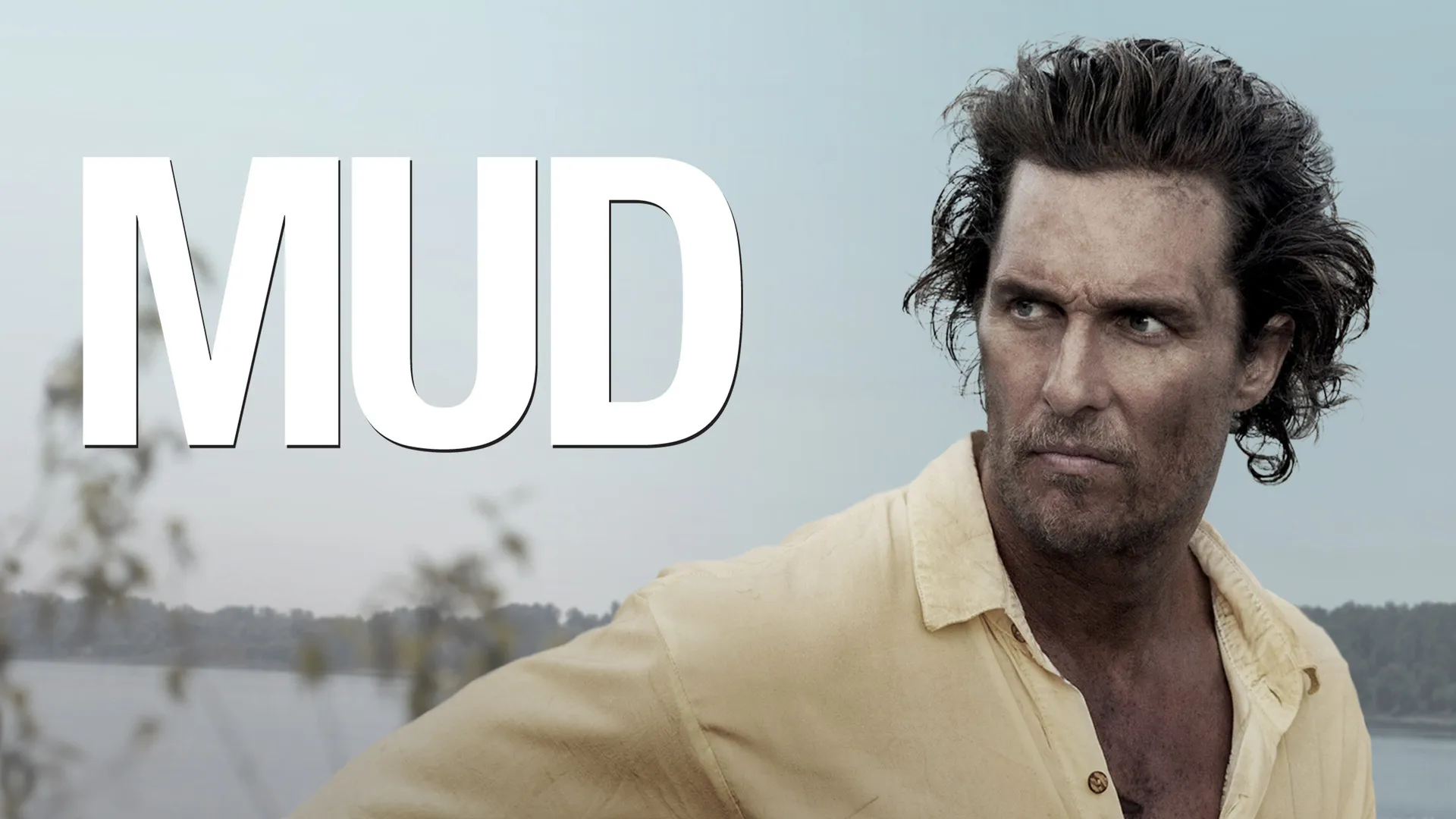They built a village to escape the pain of the world — but fear followed them in disguise.
In the isolated hamlet of Covington, nestled deep within a seemingly untouched forest, the world is quiet — too quiet. The villagers live by a strict code: never cross into the woods, never provoke the creatures who dwell there, and always wear the “safe” color to ward off evil. In M. Night Shyamalan’s haunting fable The Village, silence is not peace — it is survival.

The film unfolds with poetic tension, as the inhabitants cling to their traditions, huddled together in mutual fear of “Those We Don’t Speak Of.” But when tragedy strikes and medicine is needed from the outside world, a young blind woman named Ivy Walker must venture beyond the boundary — into the unknown, the forbidden, the truth. Her journey reveals that the most terrifying monsters are not always the ones in the woods.
With masterful direction and a chillingly restrained atmosphere, Shyamalan constructs a psychological landscape where fear is cultivated like crops — managed, manipulated, and ultimately weaponized. The village itself becomes a metaphor: a sanctuary and a prison, a place built as much on hope as it is on trauma. Every lantern-lit path and candlelit dinner hides the echo of grief, control, and a desperate attempt to escape the chaos of a broken world.

At its heart, The Village is not a horror film in the traditional sense — it’s a meditation on loss, fear, and the lengths people will go to preserve innocence. Love, too, becomes a radical force — Ivy’s determination is not just courage, it is love weaponized against fear, against manipulation, against the illusion of safety. Her blindness allows her to see what others cannot: that truth, even when painful, is the only way forward.
In a world where the boundaries between protection and control blur dangerously, The Village dares to ask: are monsters real — or are they made? And who benefits when fear becomes law?

-1752893782-q80.webp)
-1754967734-q80.webp)
